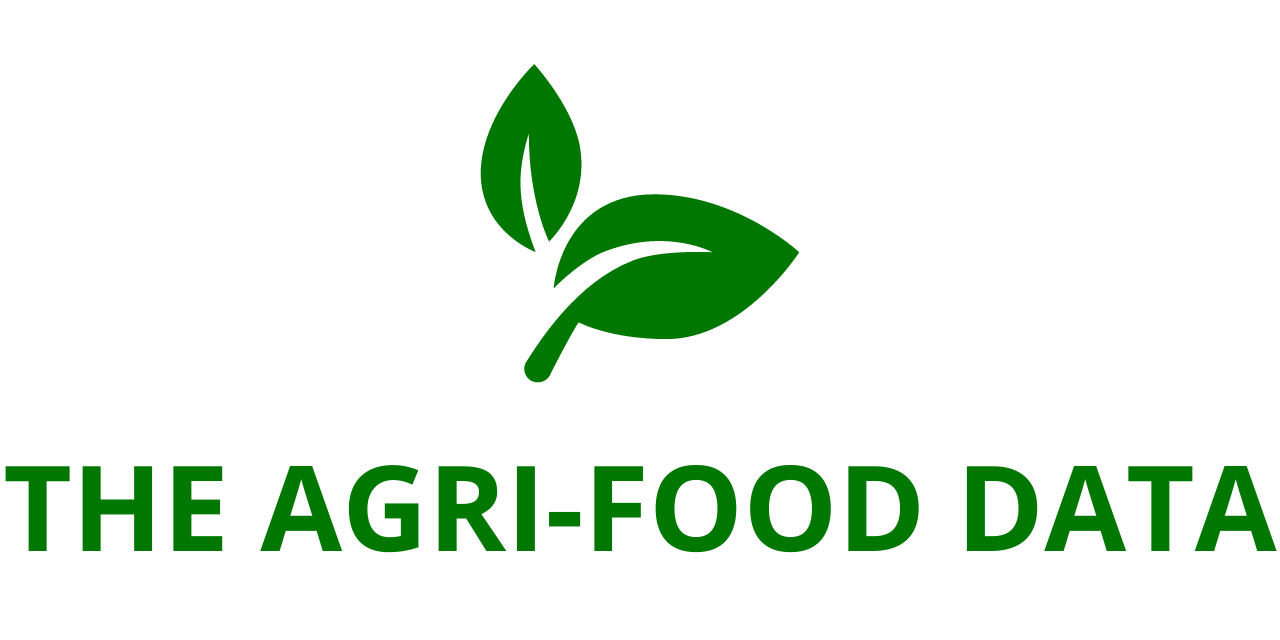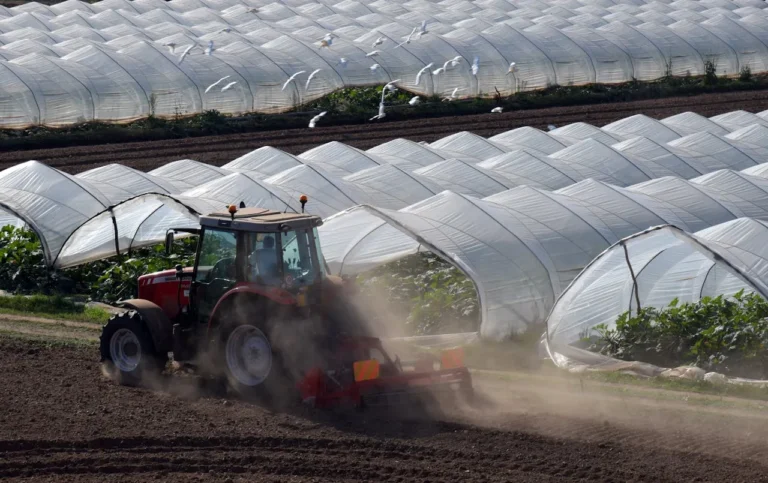
The global frozen food market is on a strong growth trajectory, projected to rise from USD 293.91 billion in 2024 to an impressive USD 456.74 billion by 2033. This surge represents a compound annual growth rate (CAGR) of 5.02% from 2025 to 2033, according to the latest “Frozen Food Market Size and Share Analysis – Growth Trends and Forecast Report 2025–2033” recently added to ResearchAndMarkets.com’s portfolio.
The market’s upward momentum is attributed to several influential trends and evolving consumer behaviors. Among the leading factors propelling growth are rising health and wellness awareness, expanding e-commerce platforms, improved retail distribution networks, and continuous technological innovations in cold-chain logistics and food preservation. Additionally, a growing global demand for convenience in food preparation continues to shape and fuel the frozen food industry.
Frozen Food Industry Overview
Over recent years, consumer lifestyles have become increasingly fast-paced, prompting a higher demand for convenient food options with longer shelf lives. This shift has provided fertile ground for the growth of the frozen food sector. Frozen meals, snacks, vegetables, and even desserts have seen increased popularity due to their convenience, extended shelf life, and enhanced nutritional value—benefits driven by advancements in freezing technologies.
Modern freezing techniques preserve the taste, texture, and nutritional content of frozen foods better than ever before. This development has been particularly appealing to health-conscious consumers looking for quick meal options that don’t compromise on quality. Today’s frozen food aisles are stocked with everything from ready-to-eat meals and frozen fruits to dairy products and bakery items, offering broad choices that cater to various dietary preferences and lifestyles.
Shifting Preferences Toward Healthier Frozen Options
Alongside convenience, there’s a notable shift in consumer demand toward healthier frozen options, including organic, low-calorie, and plant-based products. This growing preference is motivating manufacturers to reformulate products with better ingredients, fewer preservatives, and cleaner labels.
This trend also aligns with the surge in online grocery shopping. As consumers increasingly shop for groceries online, frozen foods have become a standout category due to their easy delivery and long shelf lives. In tandem with supply chain efficiencies, these consumer preferences are helping to expand the global reach of frozen foods, especially in emerging markets where demand is catching up rapidly.
One vivid example of growing international interest in frozen produce comes from the European Union, which has tripled its imports of frozen sweet potatoes—particularly from the United States—over the past four years, according to a Rabobank analysis. This signals a broader global acceptance of frozen products as viable, nutritious alternatives to fresh produce.
Additionally, the rising popularity of outdoor recreation is spurring demand for freeze-dried fruits and vegetables. With 53% of Americans aged six and older participating in outdoor leisure at least once a year, portable and long-lasting food products are in high demand—creating fresh growth opportunities in the sector.
Key Drivers of Frozen Food Market Growth
1. Awareness of Extended Shelf Life
Consumers are becoming increasingly aware of the benefits of frozen foods’ long shelf life. This awareness is encouraging manufacturers to invest in advanced freezing technologies and sustainable packaging solutions. Companies are working toward packaging that extends product freshness without relying on artificial preservatives.
For example, Nomad Foods partnered with innovation platform Innoget to develop clean-label, paper-based packaging for frozen products like fries. Similarly, Nature Fresh Farms is reducing plastic waste by using compostable wrap made from PLA-derived starch and plant-based, non-GMO materials. This wrap fully decomposes into CO₂ and water without leaving microplastics behind. The company notes that wrapping 5 million cucumbers in this material saves the equivalent of 23 million plastic straws from entering landfills. Such eco-friendly innovations are not only environmentally responsible but also help ensure product safety during storage and transit—boosting consumer trust and expanding market adoption.
2. Urbanization and the Need for Convenience
A growing urban working population continues to drive demand for frozen food products that require minimal preparation. Ready-to-eat meals, frozen vegetables, and quick-serve snacks offer time-saving solutions for busy individuals and families.
According to the World Bank, 56% of the global population currently resides in urban areas, and this is projected to rise to 68% by 2050. As more people live fast-paced, urban lives, the convenience of frozen foods will remain a key selling point. These products not only offer time efficiency but also cater to diverse dietary needs and preferences.
3. Advancements in Freezing Technologies
Technology is a cornerstone of the frozen food industry’s recent evolution. Companies are increasingly investing in cutting-edge freezing methods like flash freezing, which better preserves flavor, nutrients, color, and texture than traditional methods.
A case in point is SPATULA Foods Inc., which delivers restaurant-quality meals by flash-freezing dishes after preparing them to 90% completion. This allows them to maintain high quality without preservatives, offering consumers gourmet food with the ease of frozen preparation. Not only do these innovations help reduce food waste, but they also create new employment opportunities and support local farming efforts.
In Detroit, for instance, Black woman-owned business Mix-Detroit has been flash-freezing produce sourced from local farms, fostering community development and expanding the reach of high-quality frozen foods.
Moreover, the adoption of smart packaging technologies is on the rise. Radio-frequency identification (RFID), IoT-enabled sensors, and QR codes are being incorporated to allow real-time tracking and monitoring throughout the cold chain. These advancements significantly enhance transparency and ensure consistent quality from warehouse to consumer.
Challenges Facing the Frozen Food Market
1. Cold Chain and Storage Complexities
Maintaining a stable cold chain throughout the distribution process is critical but often challenging. Frozen food requires consistent low temperatures during storage and transportation. Any disruption—caused by delays, faulty equipment, or suboptimal facilities—can lead to spoilage, waste, and financial losses.
Moreover, logistical bottlenecks or inefficiencies in the supply chain can shorten shelf life and increase time to market. As competition intensifies, maintaining product quality, safety, and profitability hinges on establishing robust, reliable cold chain systems.
2. Volatility in Raw Material and Packaging Costs
Rising costs of raw materials—particularly agricultural commodities and specialized packaging materials—pose a significant challenge for manufacturers. As prices for fruits, vegetables, meats, and other essentials fluctuate, so does the cost of producing frozen foods. The need for durable, freezer-safe packaging further drives up expenses.
Often, these increased costs are passed on to consumers in the form of higher prices, which can affect demand—especially in price-sensitive markets. To remain competitive, producers must innovate not only in product development but also in cost-effective sourcing and manufacturing practices.





